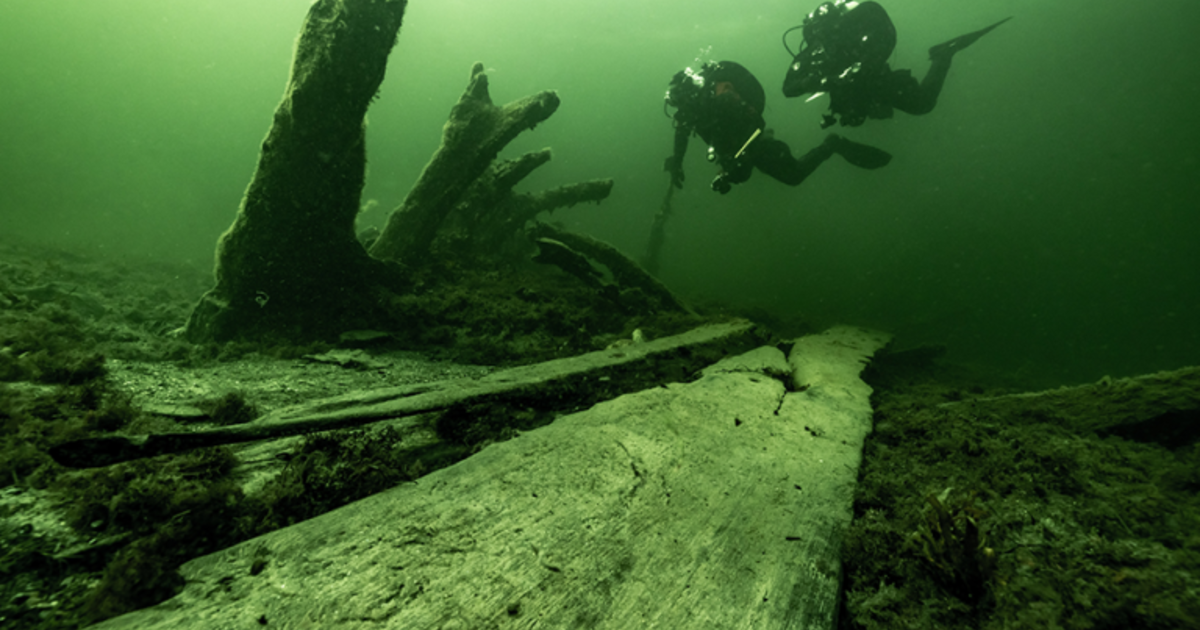Fire that engulfed Notre Dame cathedral exposes long-hidden secret inside Paris landmark
The fire that engulfed Notre-Dame four years ago has revealed a long-hidden secret about the Paris landmark: it was the first Gothic cathedral in which iron staples were used extensively throughout construction.
It took near destruction and a massive restoration project which is still in progress for a team of archaeologists to discover the iron reinforcements.
The construction of the famous cathedral in the heart of the French capital began in 1160 and was not completed until almost a century later.
It was the tallest building of its time, with vaults reaching up to 105 feet, according to a study published in the journal PLOS ONE on Wednesday.
"Notre-Dame is now unquestionably the first known Gothic cathedral where iron was massively used to bind stones as a proper construction material," the study concludes.
Maxime L'Heritier, an archaeologist at University Paris 8 and the study's lead author, told AFP that some elements of the building's construction remained unknown, even after all these centuries.
It was not clear how the builders "dared — and succeeded — in putting up such thin walls to such a height," he said.
Lacking much documentation from more than 900 years ago, "only the monument can speak" about its construction, he added.
The blaze on April 15, 2019, exposed iron staples used to hold the cathedral's stone blocks together. Some appeared in the frame of the building, others fell smoldering to the ground in the heat of the blaze.
The cathedral could be riddled with more than a thousand iron staples, the study said.
There are staples of varying sizes, ranging from 10 to 20 inches long, some weighing up to a few kilos.
They were found in many different parts of the cathedral, including in the walls of the nave, the choir tribunes and in parts of the cornice.
"This is the first truly massive use of iron in a Gothic cathedral, in very specific places," L'Heritier said.
Iron staples have been used in construction since Antiquity, including in Rome's Colosseum and Greek temples.
But in those cases they were simply used to keep large stone blocks secure on the lower floors.
Notre-Dame has a "much more dynamic conception of architecture," L'Heritier said.
From the very beginning, the builders used the iron staples to make the cathedral's stands in the early 1160s. Their successors continued their innovative use on the upper parts of the walls over the next 50 to 60 years.
Iron would go on to be used in this way in numerous cathedrals across France.
More than 200 scientists are working on restoring Notre-Dame, whose iconic spire is expected to back in place by the end of this year.
The reconstruction project is on track to be completed by the end of next year, according to the Paris Tourist Office official website.
This means the tourist landmark, which previously saw 12 million annual visitors, will not be open when Paris hosts the Olympic Games in July and August 2024.
Several tombs and a leaden sarcophagus likely dating from the 14th century have also been uncovered by archaeologists at the cathedral, France's culture ministry said last year.
In December 2021, CBS News visited one of the French forests where they were selecting some of the 1,000 oak trees — at least a century old — for the spire and transept. Read the full report here.




